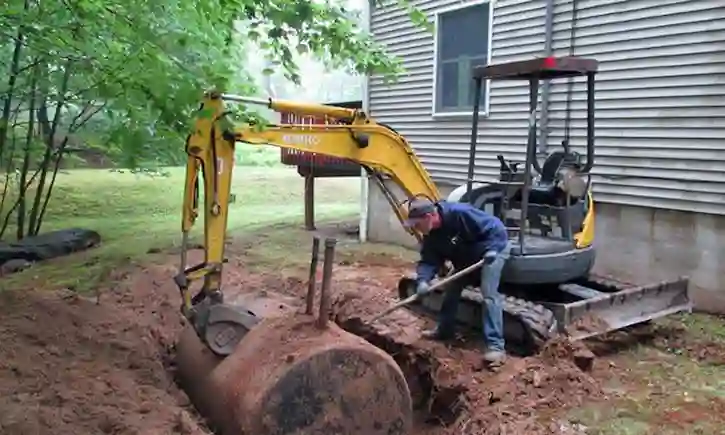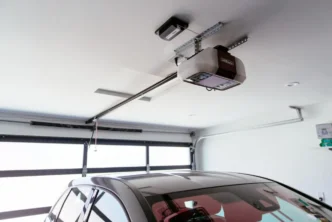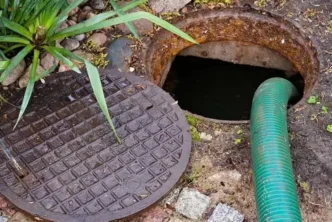Beneath the serene landscapes of many homes, hidden from plain sight, lie aging oil tanks that pose environmental and safety risks. The process of oil tank removal may seem daunting, but with the right guidance, homeowners can navigate this task smoothly. In this step-by-step manual, we’ll explore the intricacies of oil tank removal, empowering homeowners with the knowledge needed to address this issue efficiently and responsibly.
Step 1: Initial Assessment
The journey towards oil tank removal begins with a comprehensive assessment. Homeowners should start by locating and inspecting their oil tank. Signs of corrosion, leaks, or structural damage must be noted. Professional inspection services can provide a more in-depth analysis, using advanced techniques such as ground-penetrating radar to identify potential issues.
Step 2: Legal Compliance
Before proceeding with oil tank removal, it is crucial to understand and comply with local and state regulations. Many jurisdictions have specific guidelines regarding the removal of underground storage tanks. Failure to adhere to these regulations can result in fines and legal consequences. Consult with local environmental agencies or hire professionals who are well-versed in the regulatory landscape to ensure compliance.
Step 3: Choose the Right Time
Timing is key when it comes to oil tank removal. Proactive action is advisable, especially if the tank is approaching the end of its lifespan. Early removal helps prevent potential leaks, safeguarding the environment and avoiding legal complications. If the tank is already exhibiting signs of corrosion or damage, immediate action is essential to mitigate risks.
Step 4: Secure Professional Assistance
Oil tank removal is a complex process that requires specialized knowledge and equipment. Hiring certified professionals ensures that the removal is conducted safely and in compliance with environmental regulations. Professional services typically include tank pumping, thorough cleaning, excavation, removal, and any necessary environmental remediation. Investing in experienced experts alleviates the burden on homeowners and guarantees a smooth and legally compliant removal process.
Step 5: Tank Pumping and Cleaning
Once professionals are on board, the oil tank removal process begins with pumping and cleaning. This step involves removing any remaining oil from the tank and cleaning its interior thoroughly. Proper disposal of the extracted oil is essential to prevent environmental contamination.
Step 6: Excavation
Excavation is a critical step in the oil tank removal process. The area surrounding the tank is carefully excavated to expose it fully. This step allows professionals to inspect the tank for damage and assess potential soil contamination. Excavation also ensures that the tank can be safely removed without causing harm to nearby structures.
Step 7: Tank Removal
Using specialized equipment, the oil tank is carefully lifted from the ground. Precision is crucial during this step to avoid damage to the tank or surrounding areas. Professionals may use cranes or other lifting mechanisms to ensure a safe and controlled removal.
Step 8: Environmental Remediation
If soil or groundwater contamination is detected during the removal process, environmental remediation measures are implemented. This may involve removing and replacing contaminated soil or employing advanced techniques to treat and purify groundwater. Thorough documentation of the remediation efforts is essential for regulatory compliance.
Step 9: Documentation and Reporting
The oil tank removal process concludes with detailed documentation and reporting. Homeowners receive a comprehensive report outlining the entire removal process, environmental assessments, and any remediation activities. This documentation is invaluable for maintaining a record of compliance with regulations and may be required for future property transactions.
Conclusion:
Unearthing solutions for oil tank removal is a proactive and responsible step that homeowners can take to protect both their properties and the environment. By following this step-by-step manual, homeowners can navigate the complexities of oil tank removal with confidence. Seeking professional assistance, understanding regulatory requirements, and documenting the entire process ensure a smooth and legally compliant removal journey. As stewards of our homes and the environment, taking the necessary steps to address aging oil tanks is a responsible and essential undertaking.





